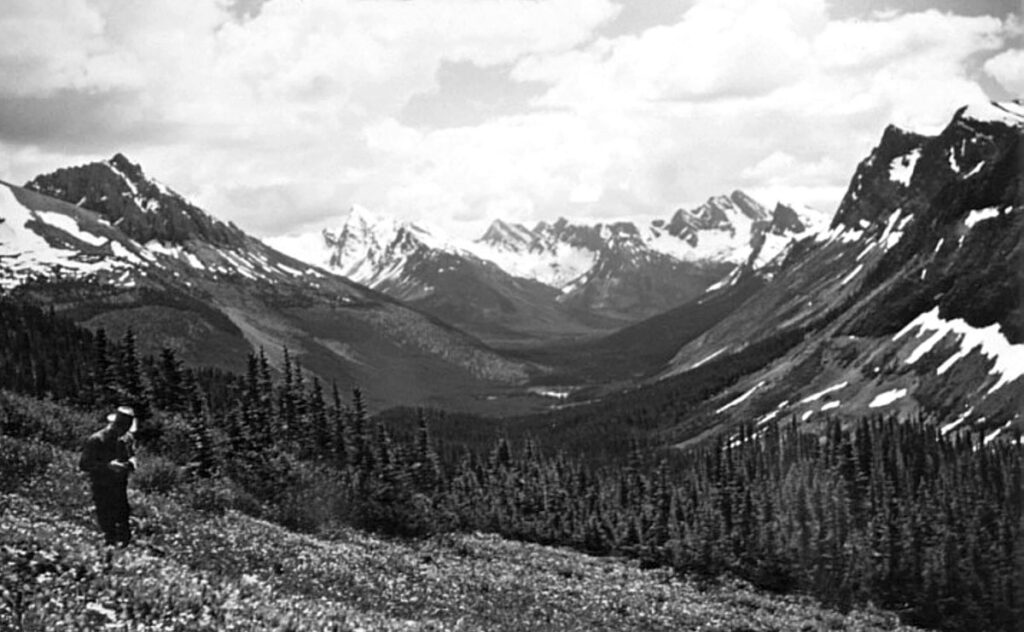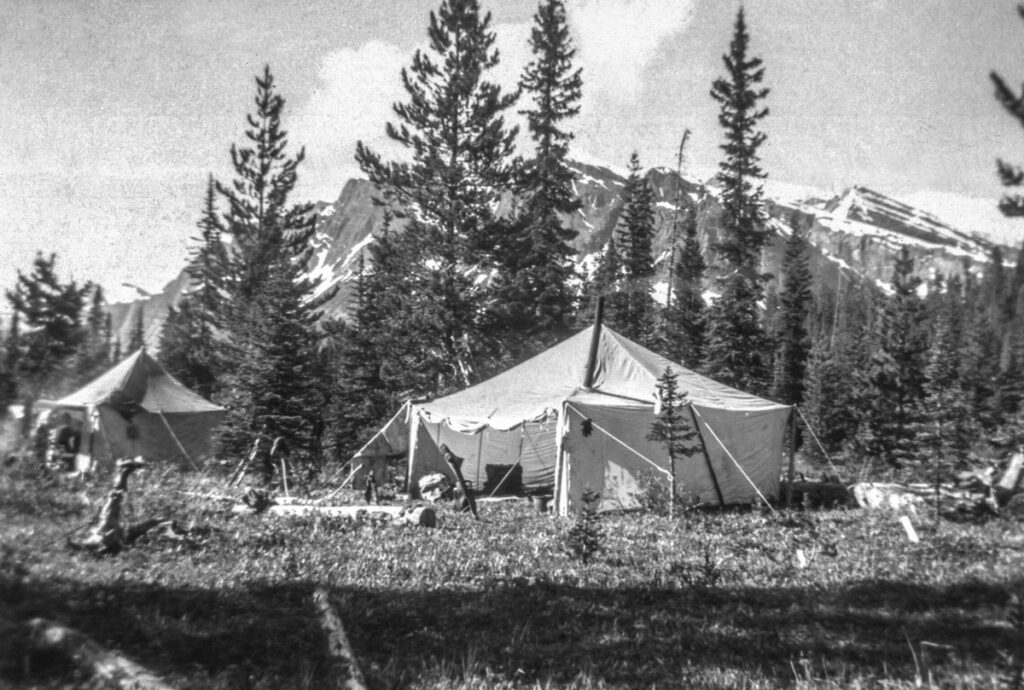By Lloyd Jeck
It may not be a wise decision to walk, crawl or slide into a hole in a mountain, without first analyzing your characteristics, and then undergoing extensive training in the spelunking activity.
Jeff Wise, noted American author and journalist, states that, “fear shuts down thought.” He brings to the reader’s attention that; “inexperience and stress compounded by disorientation, claustrophobia, and sensory deprivation”, are a deadly combination. In speaking on investigating an under water cavern he goes on to say; “A cave divers’ vulnerability to anxiety and panic is so amplified that even the most steely-nerved veteran is in danger of succumbing.”
In 1965 a young physically fit man, along with two companions, entered Schroeder’s Cave in the state of New York, with high hopes of reaching the end of the cavern and returning safely. The initial route in, was very tight requiring the spelunkers to slither along on their bellies on occasion. Eventually, they came to the edge of a steep drop-off that was determined to culminate in a bell-shaped cavern about twenty-four metres below. To add to the danger of anyone attempting to reach the bottom of that chimney passage, there was a steady stream of icy water cascading down from the ceiling. The young man accepted the challenge and began his descent by rappelling on a rope, with the chilled water pummeling the top of his head. Part way down, he indicated he was having trouble – he attempted to pull himself up on the rope, but his hands kept slipping. His companions began pulling him up and nearly succeeded but could not fully retrieve him. Reluctantly, the young lady and another man began the backward journey to get help.
A rescue team made a concerted effort to reach and bring back the trapped caver. After six days, the group of rescuers regretfully admitted failure and they closed off the cave entrance to prevent a repeat incident of this nature.
In 2006, 41 years after that sad event occurred at Schroeder’s Cave, a new group of experienced spelunker rescuers was successful in retrieving the remains of the young man lost so long ago. After such a long delay it was necessary for the retrieval team to descend to the bottom of the chimney passage, where they were able to collect the remains of the deceased caver.
Another dramatic caving incident unfolded in more recent times and involved people from around the world. I refer to the 2018 adventure gone bad in Tham Luang Cave located in Thailand. Twelve teen-aged boys, plus their coach of the Wild Boars football team, entered the cave on June 23, 2018. They were well into the cave when they realised that flood waters were coming in behind them and they could not retreat. They continued in search of a higher elevation. Eventually, using pieces of rock as tools, they were able to excavate an area in the sidewall that gave them an above water haven. Thirteen cavers were now stranded one kilometre below the surface, and at least three kilometres from the cave entrance.
Due to monsoon rains, local officials close Tham Luang Cave on July 10, and they state that the cave “should only be entered between November to April.” There was no time wasted in setting up a full-blown rescue which involved the Thai Navy Seals, other rescue teams from around the world, plus local volunteers. This resulted in a small town springing up at the cave entrance. On July 2, rescuers found all thirteen cavers alive. Rescue personnel derived a detailed and complicated plan to take the cavers out, one at a time. A doctor, and other rescuers, deemed it necessary to sedate the boys and supply each one with an oxygen tank, and then have two experienced divers move each one out. It took three days to get all thirteen transported out to the cave entrance. During this time, one of the divers sadly lost his life due to oxygen deprivation.
The remaining rescuers, who had gone into the cave to prepare the boys for transit out, were still deep in the cave after the rescue team had moved all 13 of the young adventurers out. The trained and experienced divers then escorted those team members out through the watery, and sometimes narrow passages. Each person, moving through those confining passages, had to remove the oxygen tank and then reconnect it a brief time later. Even with the sedated boys, who did part of the journey strapped to a raft, it was necessary for the rescuers to remove their tanks.
So, what compels people to engage in adventurous activities, which present extreme hazards, which could easily result in severe injury, even death? 686 years ago, a scribe by the name of Petrarch put in writing the root of such carefree thinking. Petrarch dated the letter April 26, 1336, and he was writing to his friend Francesco Dionisio da Borgo San Sepolcro. The scribe had just returned from the ascent of Mount Ventoux, and he felt the need to express his feelings about having reached such a lofty perch. At this high elevation in France, Petrarch had a view stretching even beyond the capability of the human eye.
On the Soul Spelunker website, under the heading “The Apex of Mental-Rational Consciousness”, can be found some of Petrarch’s written thoughts and a brief selection will be included here: “And men go about to wonder at the heights of the mountains, and the mighty waves of the sea, and the wide sweep of the rivers, and the circuit of the ocean, and the revolution of the stars, but themselves they consider not.” This is a broad collection of musings, each of which may present unforgiving challenges. Unfortunately, Petrarch did not include caving by an adventuring group now labelled spelunkers, but certainly he could have included that activity in the list. By stating “but themselves they consider not” that long ago adventurer is admitting to the feeling of danger as he progressed and reached the summit of the mountain.
Adventurers should carefully factor in the lurking consciousness of impending danger and set up counteracting measures to eliminate those hazards. Good preparation in the form of equipment, knowledge and awareness is necessary before undertaking those extreme activities. The author presents this article here to exemplify the seriousness of proposing to explore the site that he will write about on the following pages. That site being Arctomys Cave located in Mount Robson Provincial Park in British Columbia, Canada.

The entrance to Arctomys Cave is not located in an extremely difficult type of terrain, but it can be challenging due to its remoteness. I have never had my toes at the rim of the cave entrance but have travelled through the mountain valley where the cave is located at an elevated location on the southern exposure side of that valley. That valley, being home to Moose River, is a long passage carrying considerable water volume to the Fraser River at the head of Moose Lake. The year was 1955 and I was one of a group of six persons travelling with horses. We left Highway #16 on the Alberta side of the provincial boundary and travelled north up the Miette River. By dipping into British Columbia and briefly touching Grant Brook drainage, we then moved back into Alberta to the head of the Snaring River. Two days horse travel to this point with the next day taking us back into B.C. via Colonel Creek and into Moose River Valley. It was on our fourth day of travel that we passed the location of Arctomys Cave, high up on the mountain to our left as we worked our way up the valley. At the end of that day’s travel we camped at Campion Creek for a lay-over before proceeding up that small stream and back into Alberta.

The access to Moose River Valley, just described, is not necessarily the shortest way to the vicinity of Arctomys cave. But it is a scenic route and, in 1955 when I was part of the group mentioned, the trail was good except for the troubling high water which made fording of Moose River a dangerous option not taken.
Qualified cavers have explored and mapped Arctomys cave to a depth of 536 metres, qualifying the cave to be the deepest in North America north of Mexico. That distinction vanished in 2017 when spelunkers measured Bisaro Anima Cave, near to Fernie BC, to a greater depth totalling 670 metres.
Cave adventuring accidents may come about due to a variety of factors, including poor equipment, lack of experience, and critical decisions. In other cases, it may simply be timing, being at the wrong place at the wrong time. Timing was certainly a factor in the sad event which took the life of Mount Robson Park Ranger Rick Blak, deep within Arctomys cave, in 1991. A falling rock fatally injured Ranger Blak and the rescue/retrieval, on October 17, 1991, involved 110 people, Canada’s most extensive cave rescue ever undertaken.
From the small caves explored during noon-break at the Beaver River country school I attended 5.5mi east of McBride, to such caves as Arctomys, unexpected conditions can place adventurers in a life-threatening situation. The live coyote, found bedded in a cave near the country school, appeared to be sick and we backed away. Another cave we young scholars explored, was a cavern in the lower level of a cliff of stratified rock. At a much earlier date than our 1940s adventuring, a solid rock chunk five metres long, by 1.3 meters on each of the other two sides, had rolled out of the face of the cliff. This left the upper levels of the stratified rock overhanging a 1.2 metre-high bench. We kids played around there, at times sitting and lying on that bench.
In 1997 I went back to the stratified rock cliff for a nostalgic look. What I found froze my physical movement and triggered deep emotional imaginings. The five-metre-long block of granite, which we played around nearly fifty years ago, still rested peacefully on the ground one metre away from the base of the cliff. What created the soul-stirring thoughts deep within me, was the sight of the sheltered rock bench on which we youngsters used to lay and sit upon. Another block of that stratified rock, similar in size to the one lying out on the ground, had dropped down onto the bench. Had that huge block come down upon us, we would have been squashed to the thickness of a coin. Our elementary-school-aged minds were not mature enough to recognize the extreme danger of entering that cavern in the cliff.
Exploring cavers may not easily detect the hazardous positions they place themselves in. Like most any activity, spelunking presents hidden dangers which those people involved must carefully weigh and strategically plan around. Research, research, and research until your knowledge level, and your physical capabilities indicate that you are ready to step into that dark and mysterious passageway.
Acknowledgements: Soul Spelunker website, Spiral Road, Wikipedia and BBC News.



